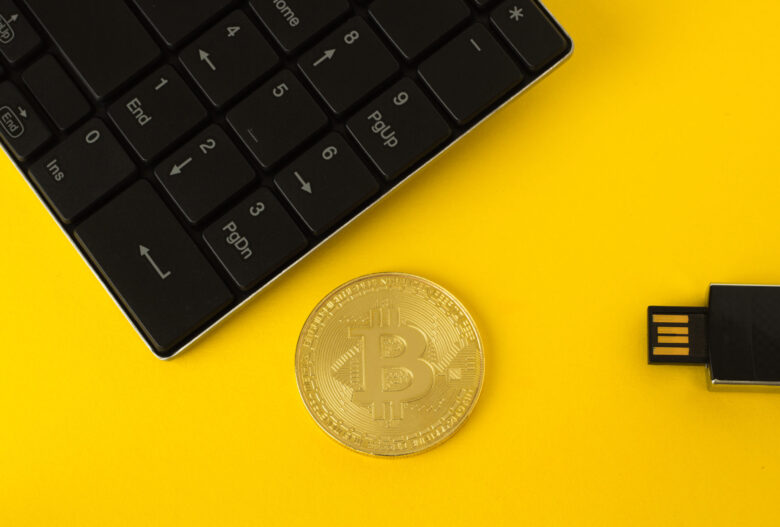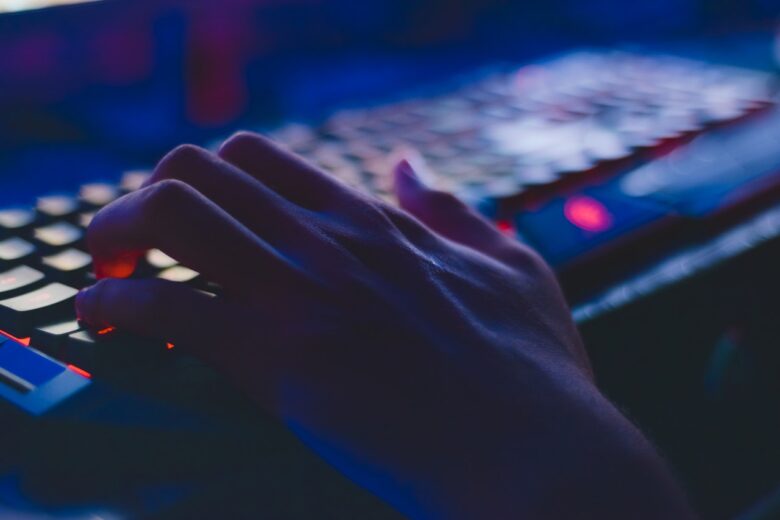Recent crypto events made people more and more interested to enter the world of Bitcoins and other currencies, but most of them are only enthusiastic, without realizing this activity brings a lot of risks and responsibilities. That means, you can’t be sure all the time that your earnings are safe, and even during mining or trading, someone can attack you, and steal your coins. Thousands of users are joining every day to exchanging and trading websites, and if you still don’t know what’s that, you can visit this site and find out a lot more information on this topic, and on the activities, every new trader should be aware of.
Also, you have to know that there isn’t only one proper solution, and sometimes you need to combine a few techniques and tactics, so you can plan the security and verification, without putting your earnings at risk. Knowing that most of the cryptos aren’t centralized, the authorities can’t go for the criminals and get back your money. Once you join some of these networks, you can easily become a target to the hackers, who can send a virus to your PC and collect your coins, make mistake during the transaction, without a chance of getting the money back, or even forget backing up your wallet, or losing the keys.
But, surely there are some things you can do, that can help you prevent unpleasant outcomes, and here are some of them:
1. Use a unique email when joining a trading website

This is a specific action, so we don’t recommend you using the same email you use for work or for social media. Assign a strong password to the address, and to the account too, making it harder to hack. Combine the letters, numbers, and special characters, and write it down on a piece of paper, so you don’t forget it. The longer and more complicated the string is, the more difficult and it takes more time to be hacked.
Bonus tip: Add a two-factor authentication, and use a recovery email too. Most of the experts recommend not to use SMS-authentication because it will create a port between your phone and your trading profile, that can be breached with a few tries.
2. Avoid talking about this topic in public
If you are too loud for your crypto activities, you can easily become a target to hackers. Especially, you must avoid commenting on social media, because that way, you are serving them your email and other relevant data to the attackers, and they can use that information to make damage. Most of these platforms will assure you that they are 100% safe, but you anyway must be careful with these claims, and always have some dose of suspicion, in order to better protect yourself.
3. Learn more about the term “cold wallet”

This is the most common safe option to store your cryptocurrencies off the Internet. A cold wallet is a physical device that you connect to the computer and then withdraw the Bitcoins there. Since it’s rarely connected to the Internet, the chances for hacking are very small. There are cold wallet apps that you can download to a USB drive, transfer the savings there, and then delete the whole history, or even format the computer, so you won’t leave any proof of signing in. You can even use an old laptop as a cold wallet, but you have to keep it disconnected from the Internet, like, forever, so you won’t make it vulnerable. On the opposite side is the hot wallet, for the smaller daily transactions you will perform on the trading sites.
4. Split the savings in more wallets
This maybe seems like a boring activity, but if you need to, you can use two, three, or more cold wallets (hardware ones). When you keep all the savings on one device, and if it somehow breaks, then you lose all the crypto coins you’ve earned. But, when you split the amount, you can lose only a part of them. Also, using a separate computer to trade cryptocurrencies is another easy measure you can take. Probably you don’t want to put at risk all your job and data you store on your everyday device.
5. Backup the data

On the same computer you are using as a cold wallet, you can back up the data, and make an additional copy of the keys, so you can have a hope to save something if you lose the device, or something bad happens, like fire, flood, or other things you can’t have control over them. Make a few copies of the archive, and download a new one every time you make some changes.
6. Strong passwords are a must
The passwords, passcodes, and keys should be complicated and long. Always start with the idea that some intruders may hold the device. They will probably try with the most obvious combinations, but if the device is encrypted and you use a strong password, you can be sure they won’t hack it until you back up the backups, and “burn” that device you miss.
7. Everyday regular checks

You must control things every day, so you can see if there is a difference in your balance. Also, don’t leave the devices unattended, and don’t use them in public or office networks. If you become a target, hackers will use every possible moment to steal the data, or even ruin your devices, and yes, these people can be all around you. That’s why we previously recommended keeping these things private, even more than your personal life.
Being careful is not difficult, and it doesn’t require extra strength to keep the things you own safe and secure. Be responsible with your crypto belongings, just like you are with all the worthy and valuable things you already have (money, jewelry, computers, smartphones, and so on). Make all the efforts to protect your savings – that’s the only way to keep them safe from scammers and hackers.



